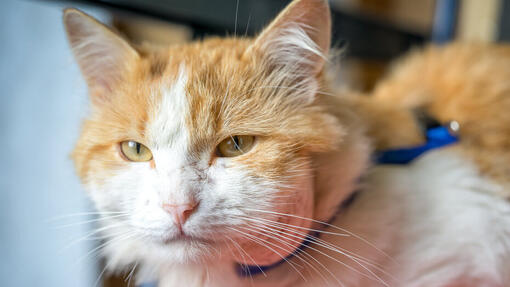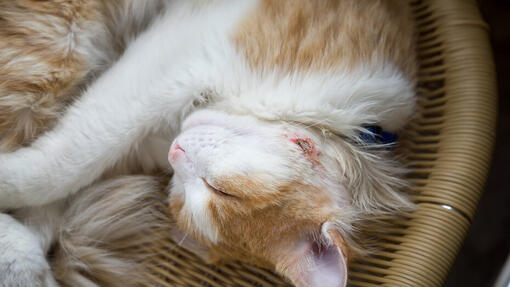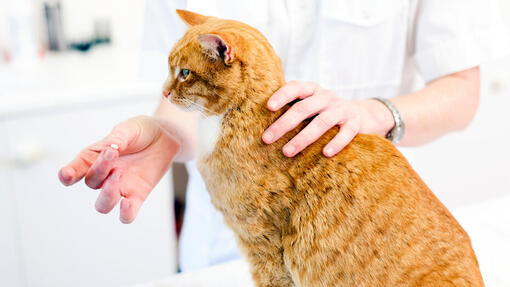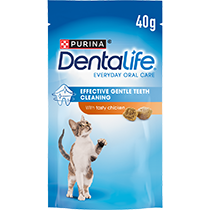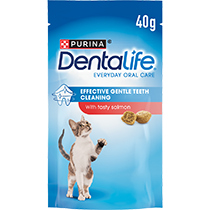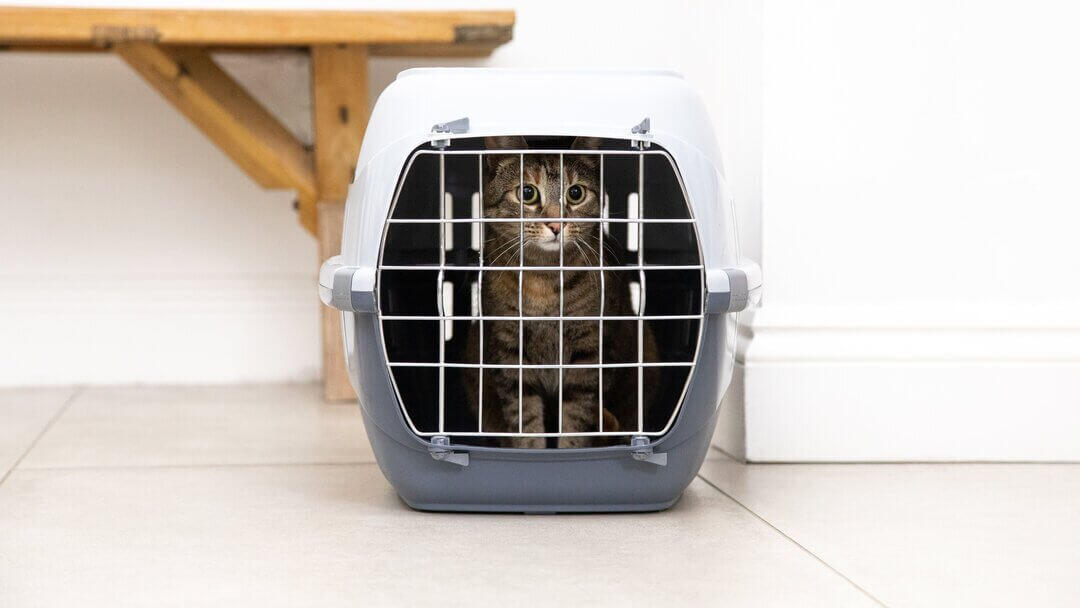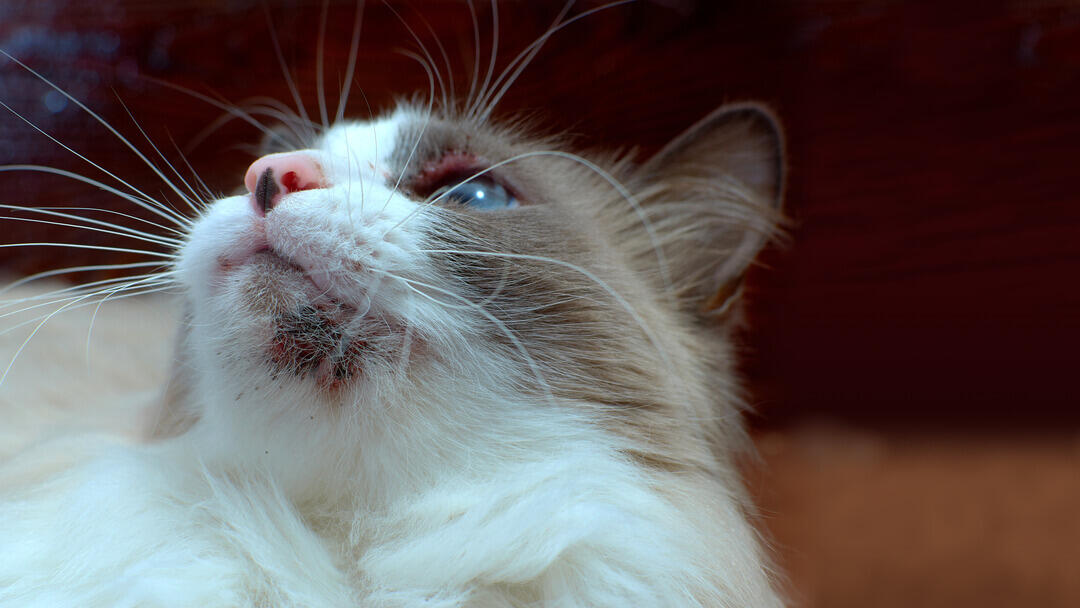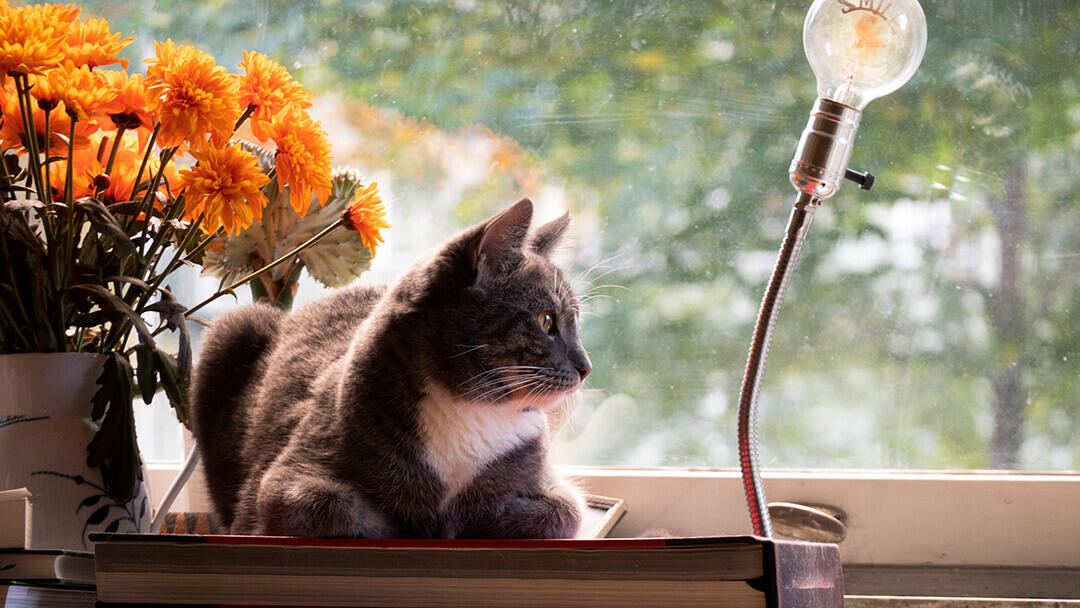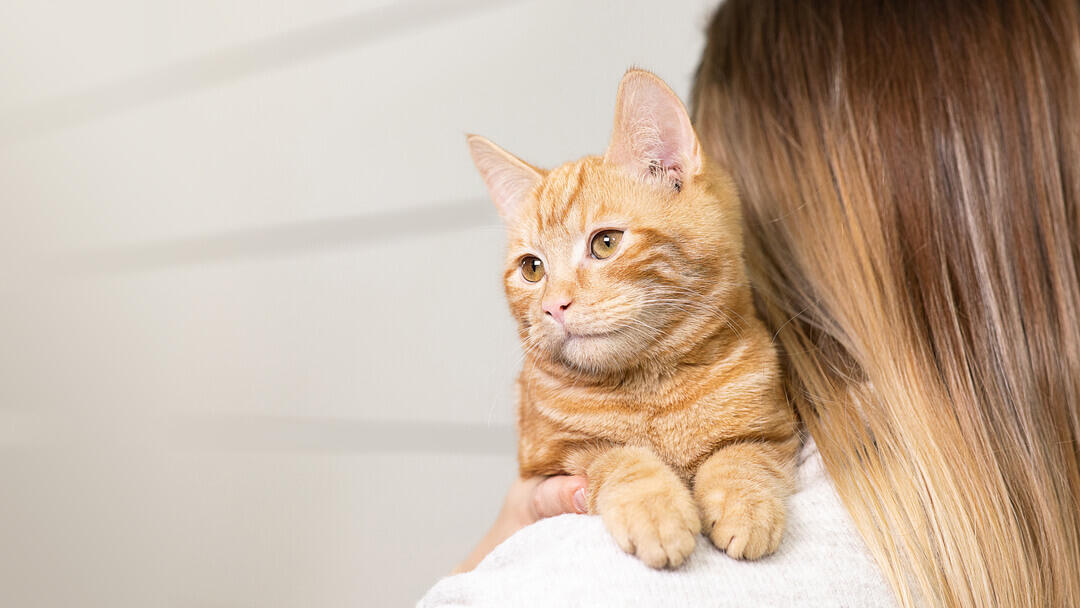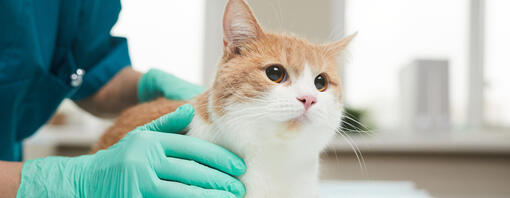
Abscesses can affect any cat at any point in their life. So, if you’ve got a feline in the family, the chances are that one day you might have a abscess on your hands and your cat will rely on your help to get them back to their normal, happy self.
Keep reading to find out what you need to know about cat abscesses, what to do when they burst, and how to know when it’s time to contact the vet for help.
What are cat abscesses?
An abscess appears when the body is fighting off a localised bacterial infection. It forms as a pocket of pus, which consists of bacteria and white blood cells. Most often, abscesses are associated with an infected wound or scratch, and they appear as a lump under the skin. Other types are tooth abscesses and internal abscesses, which are less often seen.
What are the signs of a cat abscess?
Swelling is the most obvious sign you will see of an abscess, but it’s not usually the first symptom to appear. Initially your cat might be lethargic, have a fever or not eat as much as usual. As the abscess develops over the next few days, other symptoms might become apparent, including:
- A localised swelling
- Redness
- Oozing sore
- Hair loss in the affected area
- Limping
- Pain
If the abscess bursts, you will notice a foul-smelling discharge.
The symptoms for a cat tooth abscess are less obvious and can include:
- Bad breath
- Drooling
- Swollen face
- Lack of appetite
- Weight loss
- Loose tooth
- Fever
It’s important to contact your vet if you notice any of these symptoms. An abscess can usually be easily treated, but if left untreated there’s a chance that your cat could become very poorly.
What causes a cat abscess?
One of the most common causes for an abscess is a wound or a scratch from another animal, typically another cat. Feisty felines or those who go outdoors a lot can often get into confrontations that result in scratches or bites. When this happens, the bacteria on the teeth or claws are effectively injected into the wound. A cat’s skin tends to heal rapidly, sealing the wound and trapping the bacteria under the skin. The bacteria will then proliferate in a pocket underneath the skin – a cat abscess.
Injuries caused by objects such as sticks or nails can also lead to abscesses, but most frequently the culprit is another cat. Keep in mind that if you’ve been the one badly scratched or bitten by a cat, it’s important to ask for medical help, as humans can develop infections after cat bites as well!
If the abscess is on your cat’s face, it may not necessarily have been caused by a wound. Another possibility is a cat tooth abscess, which forms when infection develops underneath the gums. This can be due to poor oral hygiene or sometimes trauma to the mouth.
Internal abscesses are also seen in cats. Although they’re less common, lung, brain or even liver abscesses can sometimes develop. They’re caused by infection reaching the internal organ and are sometimes associated with a foreign object.
How is an abscess treated?
The treatment will differ based on how deep and severe the infection is. In most cases, your vet will clean the abscess area as much as possible and may prescribe antibiotics to fight the infection as well as pain relief to reduce your cat’s discomfort if appropriate. In rarer cases, the abscess may need to be treated surgically.
As your cat’s wound is healing, make sure you keep the area clean and give your cat the chance to stay away from the hustle and bustle of the household, especially if there are other pets around. In one or two weeks your cat should be back to their normal self.
If your cat is suffering from a tooth root abscess, your vet may need to remove the affected tooth.
Can a cat die from an abscess?
While abscesses are usually treated relatively easily, a cat abscess can sometimes be life-threatening, especially if it’s the result of a wound inflicted by another cat. Infectious diseases such as feline leukaemia, feline immunodeficiency virus (FIV) or rabies can be transmitted to your pet by another cat through bites or scratches. In the case of rabies, this can also infect humans, so it’s important to keep on top of cat vaccinations to minimise the risk of infection.
Can cat abscesses be prevented?
The good news is that any cat owner can take action to reduce the chances of their pet suffering from an abscess! Neutering your cat is important to reduce the aggressive behaviour that so often results in feline stand-offs. Depending on the number and nature of cats in your neighbourhood, it’s sometimes appropriate to restrict your cat’s time outdoors to reduce the risk of wounds. Keeping your cat’s teeth clean can help prevent tooth abscesses as well.
Cat abscesses often remain unnoticed for some time as they can be concealed by fur, especially if your cat has a long, fluffy coat. Giving your cat a once-over every month is a great way to spot any unusual signs early on. If you’re unsure how to do this, read our Cat Health Checklist article for tips on conducting a careful check to ensure everything is well with your pet.



